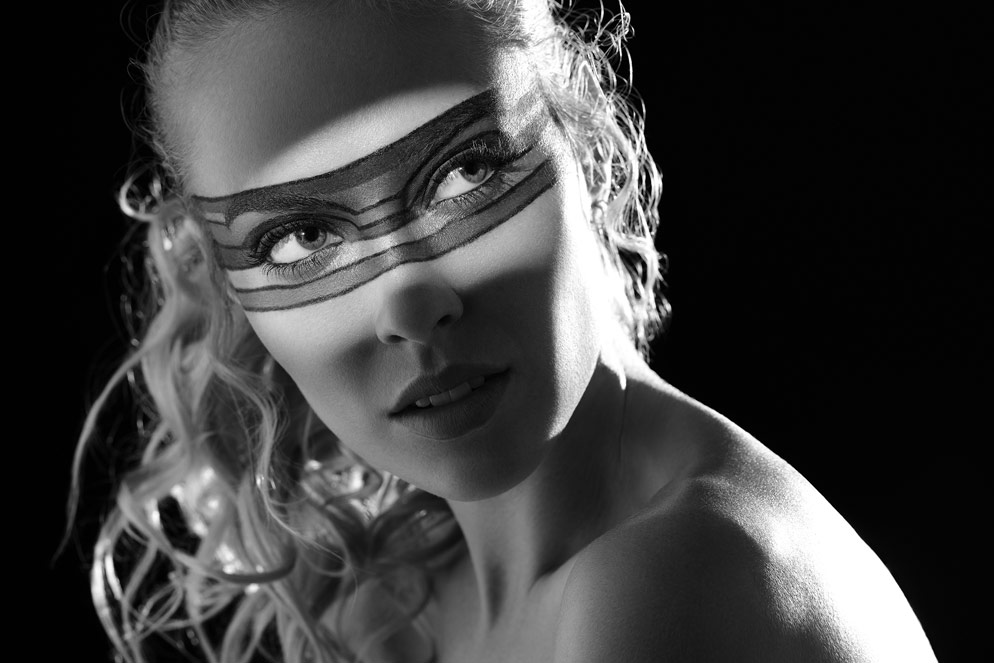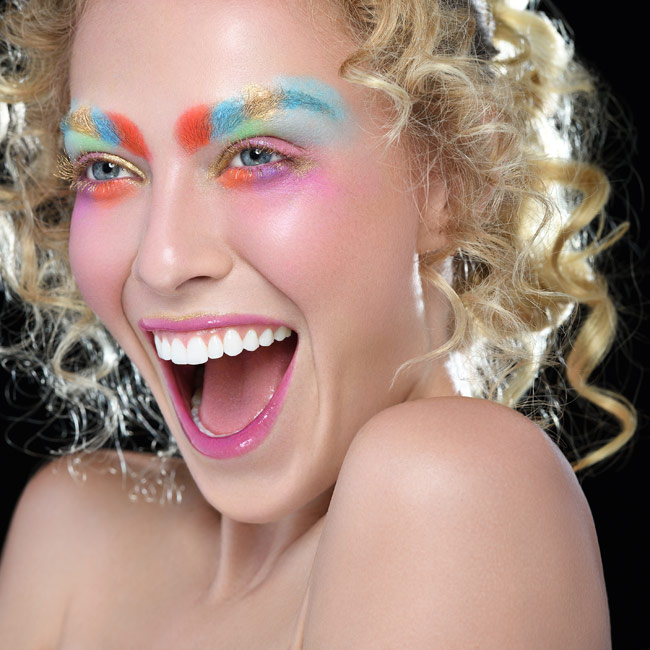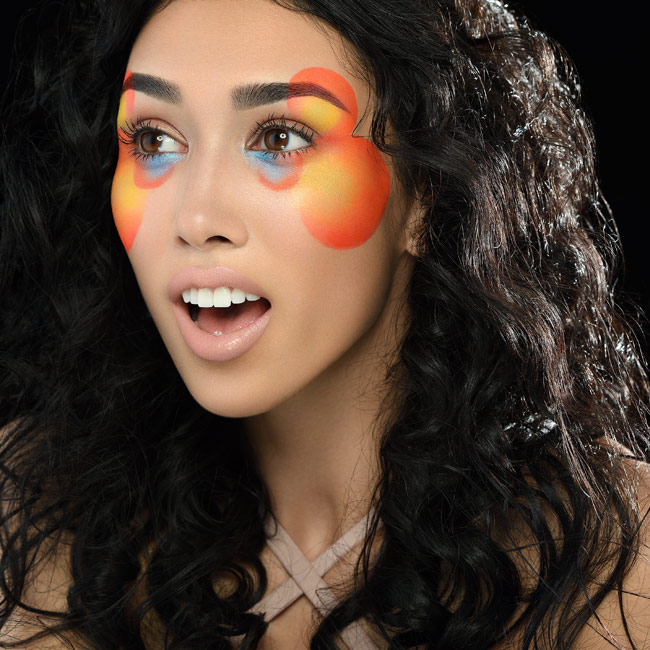D850: Reality Check
The black-and-white images I was getting with the D850—they were real black-and-white.
Matthew set the D850 for monochrome images and the camera's Matrix meter, EXPEED 5 image processor and 45.7-megapixel power produced black-and-white photographs with depth and richness.
There are two features of the Nikon D850 that Matthew Jordan Smith particularly likes. He knew he was going to like one of them even before he picked up the camera; the other...well, it was nice, but he didn't think all that much about it until he actually took some pictures.
"When I first heard that the camera shot black-and-white, my reaction was, Well, okay, but I've been able to set black-and-white in a lot of Nikons," he says. "But when I saw the black-and-white images I was getting, that's when I was impressed: they were real black-and-white."
Matthew's frame of reference for black-and-white comes from the film days. Digital black-and-white was, he says, an attempt at that look. Until the D850. "This is different—it's the real thing. I knew it when I downloaded the black-and-white images and saw them on my screen—there's a richness, a depth. It was a 'Wow!' moment—they looked like black-and-white is supposed to look, and that was right out of the camera—nothing done to them, no tweaking, no pushing, no retouching. It blew me away."
The difference Matthew sees is real, and there's a reason for it. Actually, there are three reasons that setting the D850 for monochrome images produces such remarkable results: the camera's 180,000-pixel color Matrix metering; the power and precision of the EXPEED 5 image processor; and the 45.7-megapixel sensor.
"The color images I was getting right out of the camera, with nothing done to them, were bright, vivid and remarkable."
The other feature—the one he knew he'd like when he heard about it—is the D850's image choice option—meaning the viewfinder, and the image output, can be quickly switched from the 36x24 DSLR rectangle to a 24x24mm square.
"The first camera I ever had—a twin-lens Yashica Mat 124G—was square format, and it's still beautiful seeing portraits that way. Now, to get that in a Nikon, and to be able to switch back and forth, quickly and easily as I shoot—that's a 'Wow!' "
"The camera got all the nuances, even when the colors were subduedprominent, but not dominant in the image."
"To be able to quickly switch to square format—that's so cool!"
As things turned out, there was a third "Wow!" moment still to come. Matthew shot most of his early-look D850 images in the controlled environment of his studio, with his lights and backgrounds set up to provide his usual working conditions. Then he left the studio for some real-world shooting. "Seeing the images on the back of the camera when I shot in someone's home, just setting the camera for aperture priority and shooting in a much less controlled situation, that was pretty impressive. There was magic there, too."
All the features and tech specs of the extraordinary Nikon D850 are right here.









